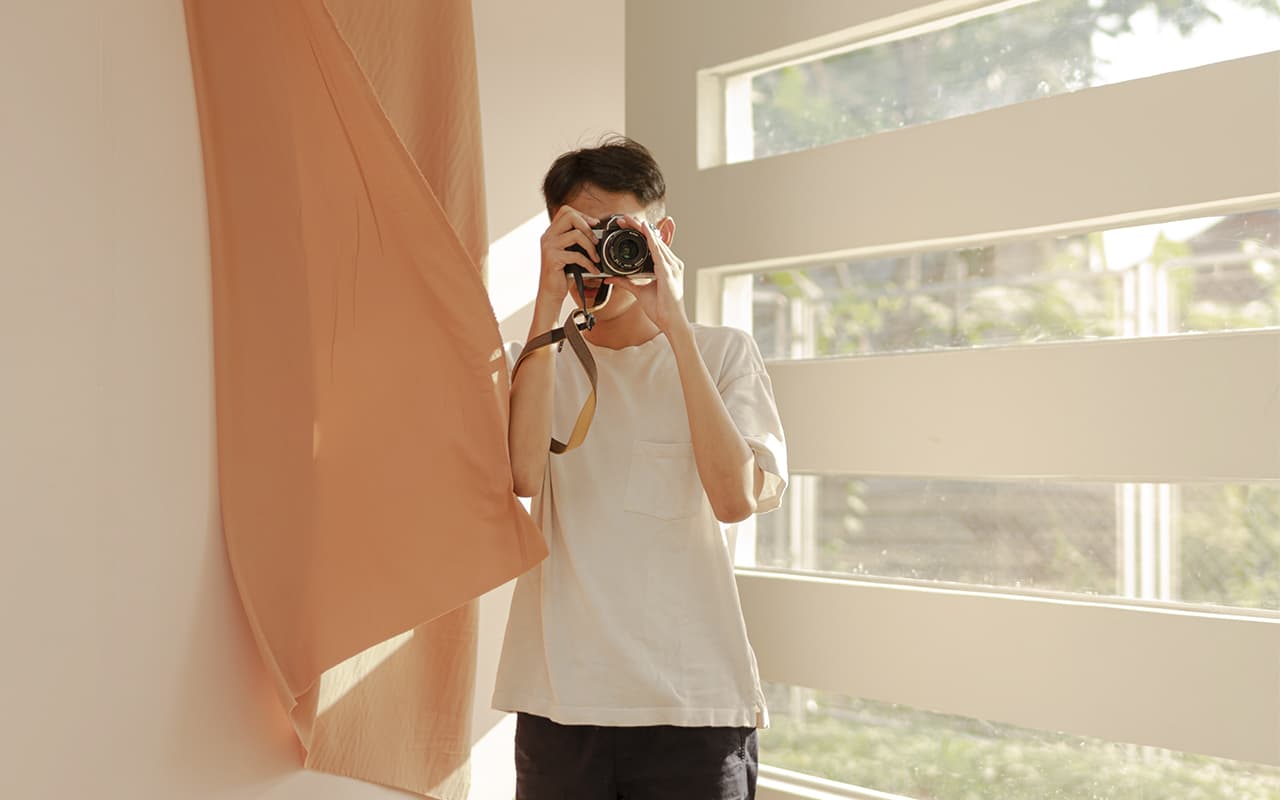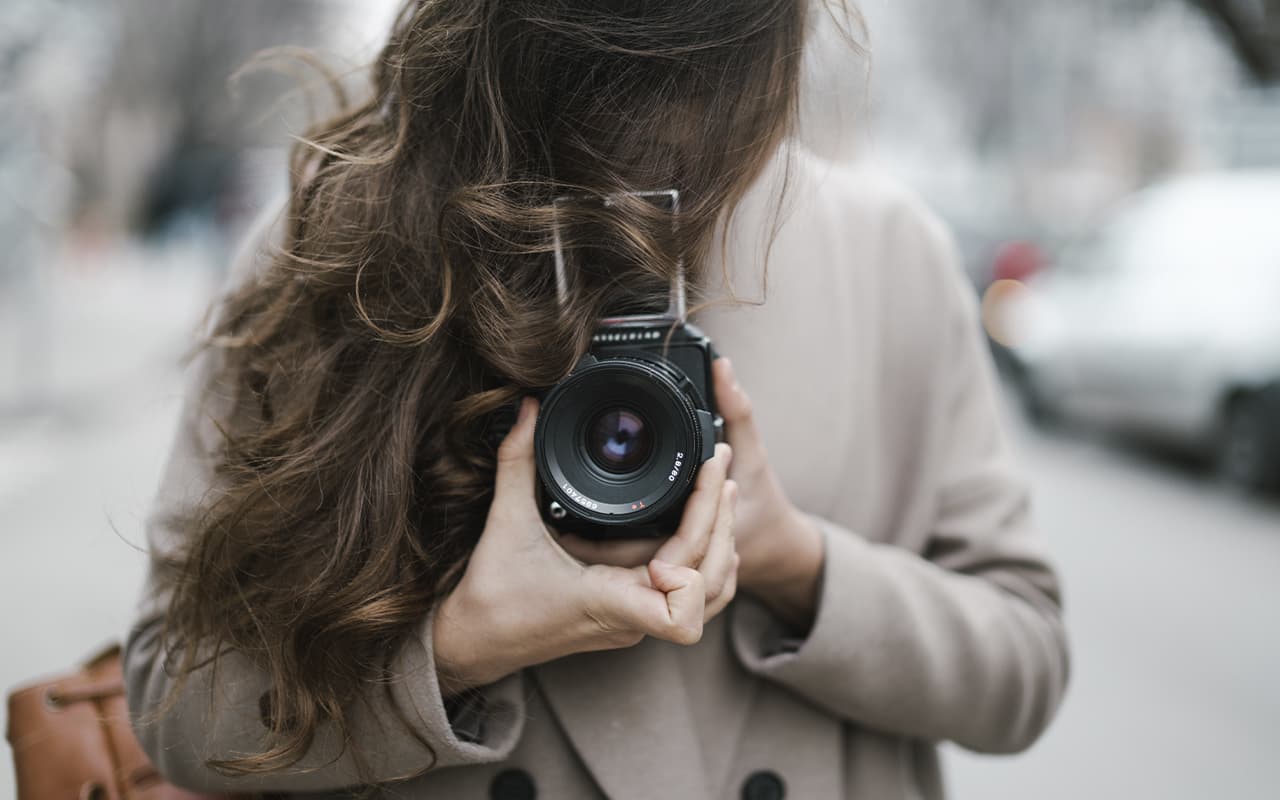Proper lighting in photography is most often an imitation of a real situation. If the subject suggests, for example, that a person is in a basement – just imagine where the windows will be in the basement. Usually in a basement they are somewhere at the top. And these windows will most likely receive not direct sunlight, but diffused sunlight (reflected from other walls, etc.). But if you turn on electric light in the basement, it is by the law of the genre a low bulb that hangs on a wire. It will just about give a pretty harsh light (not diffused). Orienting on what we want to show, we place the light sources. That is, we need to decide where they will shine from and what kind of light – diffused or not. To be more precise, we decide from where and with what brightness the source will shine and how hard this light will be.
What is stiffness of light
There can be a sharp transition from light to shadow between light and dark in a photograph, or there can be a gradual one. In a gradual one, at the border of the transition, the shadow smoothly becomes lighter and “blends” into the light area.
The harshness of light is the extent to which this boundary is clearly delineated or smoothly transitions into the light area.
In hard light, the boundary is clearly visible.
In soft lighting, you can’t tell where the lighted area ends and the shadow area begins. The transition in this case is smooth.
In theory, there is no clear mathematical division of light into hard and soft. It’s like with two hairs: two on your head is not enough, but two in the soup is a lot. You have to look at a particular scene and decide whether we need softer or harder light.
Hard light emphasizes the advantages, but also “pulls out” all the flaws of a person. It is more demanding to the beauty of proportions of the model. It is easier to work with soft light at the initial stage.
The rigidity of light depends on two parameters:
- The area of the light source.
- Distance to the source.
The larger the area of the source and the closer the source is to the model, the softer the light.
The sun is a huge source of light, but is so far away that it becomes one of the harshest sources. But if the sun is hidden, the clouds act as a diffuser and the entire surface of the cloud shines. In cloudy weather we get a soft light with which it is easier to shoot everyday scenes. But if we want (and understand how) to use light and shadow pattern in the composition of the frame, creating a separate shape with shadows (as in the photo below), in this case we can’t do without hard light.
The perception of a photo is also affected by its tonality. Cute cute subjects show, as a rule, in a light tonality. Without dark spots in the frame and deep shadows. And when the photographer wants to show a gloomy mood, he often uses dark tonality and shadows in the frame become deep, dark. So, we have come to the question of how to adjust the depth of shadows. With one source we will create a light and shadow pattern, with the other we will shine light on the shadows to make them not so dark.



